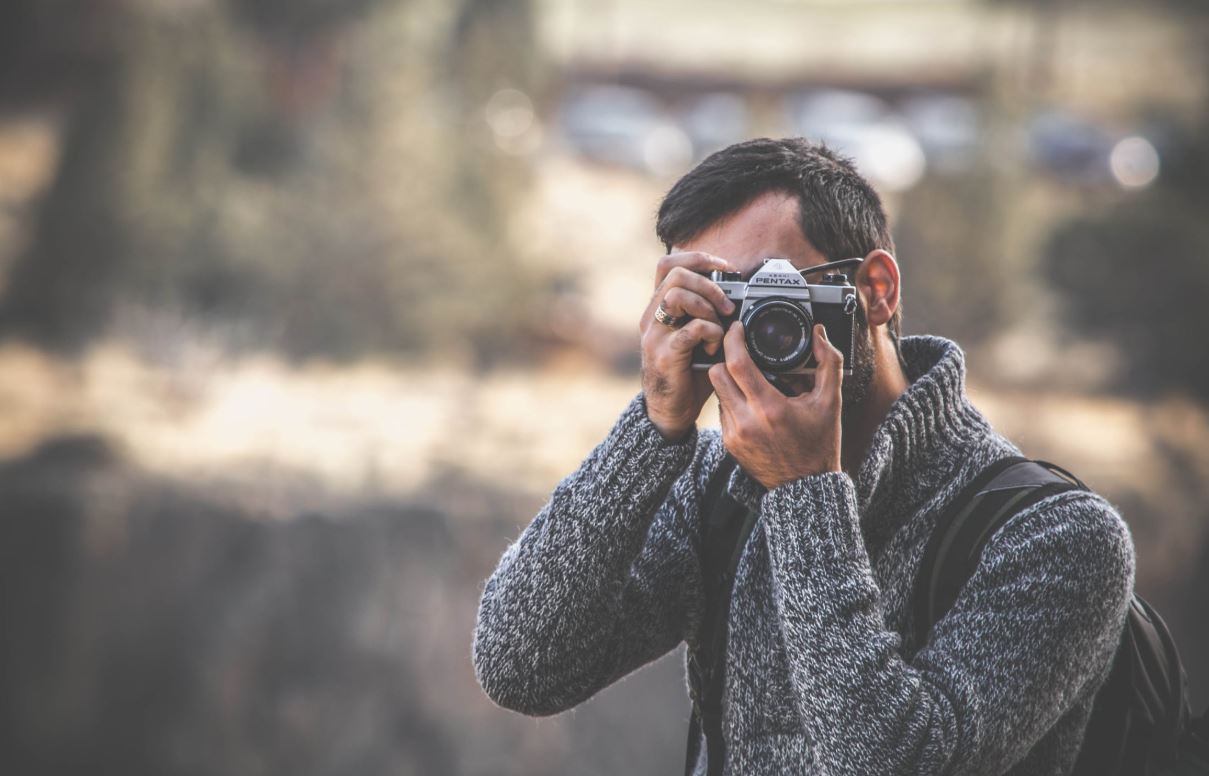
Make no mistake, modern art has pretty much spread all throughout the multimedia channels of art. Whether we’re talking about music, representational art, sculpture or any other type of art, modern art and its sensibility is here to stay.
For a lot of traditionalists, this is a bad thing. They only need to refer to the case of the artist canning his own feces and selling it off as a form of art for their disappointment and disapproval to register. We can debate all day regarding whether a can of an artist’s feces constitutes art.
If you ask that artist what constitutes art, he or she would probably say that it’s not so much the final product. It is the process of getting people to agree that what he or she did is art. To me, that’s revolutionary. I think that is just as important, in terms of western culture, as David by Michelangelo.
I know you’re probably rolling your eyes. You might even be laughing out loud, but think about it. Art is really all about representation. If I point to a chair and I draw something that looks like a chair and I call it “chair,” you’re going to say, “Okay, that’s a chair.” There is a connection to a reality that I can see.

I have long experienced sitting on chairs. I know what the concept of a chair is, even though chairs come in a wide range of sizes, designs and dimensions. I know a chair when I see it. This is called Representational Conception. You have a preexisting idea, but the actual conception or form varies in reality.
This is what the artist canning his own feces is deconstructing. In fact, if you look at art history, this is nothing new. No less than modern art giant Andy Warhol came up with something similar. He said that the only art in modern art is that of making money. It’s all about getting people to believe that what you created is something of value and that they should pay you thousands upon thousands, if not millions, of dollars to buy it.
That is the essence of modern art. It’s all about control, persuasion and getting people to look at the world in a different way to transcend their perception by looking at the theory behind the art. That’s why cans of the artist’s feces or ceramic portraits of Michael Jackson bring in a lot of money.
That is what’s considered modern art and a lot of photographers are alarmed by this. They’re thinking, “Okay, the rest of the art world has gone crazy. Is this going to be the same way with photography?” What I’m about to say may be good news or bad news depending on how you prize classic representational art.
The truth is, photography places major limits on modern art. Why? You can’t just show a blank photo and say that this is art. Somebody may have pulled it off, but you cannot do that again. You can only do this sort of thing once. Eventually, if we’re just going to focus on the novelty factor, there is a hard limit on how far modern art can influence photography.
In other words, the typical shenanigans that you can get away with when it comes to sculpture or writing, fall flat when it comes to photography. Somebody just needs to do it once and that’s it, game over. You have to come up with something new. So, what happens? You go back to classical forms like representational photography.
You see how this works? There is some sort of built in limitation and self-correcting process, so it doesn’t get a little too wild or too experimental. To a lot of traditionalists, this is a great thing. For people who are looking at photography as a personal channel to greater levels of spiritual education, this is nothing but a disappointment. Take your pick.
